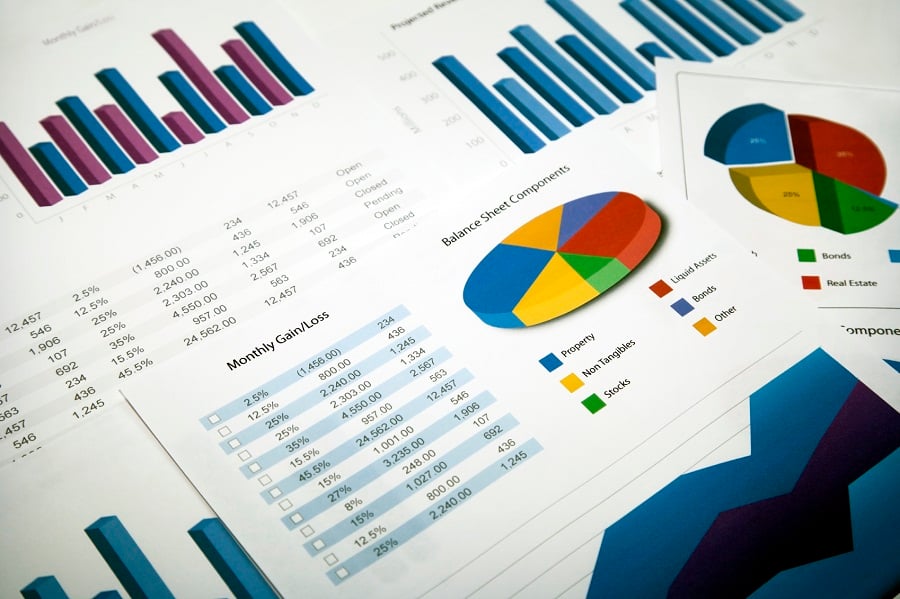It is hard to pick up a paper, read an investment blog (mine excluded), or listen to a financial news program without hearing about the global bond market rout. Yields (interest rates) on government bonds in the U.S. and Europe have been on the rise and the financial media is trying to whip everyone into a frenzy about it. Here is why I think you should be celebrating rather than worrying.
We need to start with some perspective. The table below shows the U.S. Treasury yield for a two- and 10-year note as of the first trading day of 2015, the end of the first quarter and last week.
As you can see below, yields have risen for both bonds. The percentage change in yields since the end of March, is 14.29% for the two-year and 21.13% for the 10-year. A big change in percentage terms but not in yield terms.
| Treasury |
Jan. 2 |
March 31 |
June 30 |
| Two-Year |
0.66% |
0.56% |
0.64% |
| 10-Year |
2.12% |
1.94% |
2.35% |
I believe yields on shorter maturity securities have been and will continue to rise faster for two reasons:
• they are more closely tied to the fed funds rate, an interest rate controlled by the Federal Reserve.
• they are most likely farther from their “fair value.”
FAIR VALUE
Fair value is a concept you can use for any security. It is a way of describing what the price of a security, or in this case the interest rate on a bond, should be based on the fundamental inputs used to calculate its value. In the case of a bond, like the Treasuries described above, the inputs are simple. We use the risk-free rate, usually the 90-day Treasury bill, a term premium, which represents what a bond investor needs to get paid for lending money for a longer period of time, and the rate of inflation. For this we'll use the personal consumption expenditures price index because it is what the Fed pays attention to. Using these inputs, let's calculate the fair value for the two-year Treasury. The current 90-day T-Bill rate is 0.02%. The last 12 months PCE core rate is 1.2%. The average term premium for a two-year Treasury versus the 90-day T-Bill is 0.04%. The fair value yield on a two-year should be: 0.02% + (1.2%) + 0.04% = 1.26%. If we do the same thing for the 10-year we get 0.02% + (1.2%) + 1.25% = 2.46%.
(More: Don't bet on the 'inevitable' selloff in Treasuries just yet)
You can see that the current yield of the 2-year is 0.66%, below its fair value, while the 10-year is very near its fair value. It is likely that the two-year is trading below fair value because the Fed has short-term rates pegged near zero. Investors are trying to determine when and how much short rates will rise.
Securities almost never trade at fair value. One of the reasons this happens is that investors look into the future today and price what they think will happen. That guessing game is difficult at best so when their crystal ball gets cloudy, price and yield volatility rise.
The 90-day T-Bill rate is closely tied to the fed funds rate. So for shorter maturity securities like the two-year Treasury, much of their value is a function of where the risk-free rate is and it is tied closely to the fed funds rate.
BOND MATH
Everyone is talking about the rise in interest rates and suggesting that it is something to be worried about. But consider two things: First, rising interest rates would mean an increase in interest income and better returns. So while bond prices would decline when interest rates rise, so too does the income return on your bond portfolio. Second, the rise in rates does not have as dramatic an impact on intermediate bonds as it does on very long bonds.
(More: Pimco Total Return dumped most of its Treasuries ahead of selloff)
A bond's average maturity provides some insight into how sensitive it is to a change in interest rates. The longer the maturity of a bond, the more interest payments need to be discounted at the new interest rate. For example, a 10-year bond's price will move by just under 10% for a 1% change in interest rates. However, a two-year bond will move by less than 2% for the same change. The headlines seem to focus on longer maturity bonds' change in yields.
Bond yields may continue to move higher as the Fed begins to think about moving the Federal funds rate back to a more normal level. The question facing investors is how quickly will the Fed move and how long is the average maturity of your portfolio. Instead of fretting about the price volatility of the long bond, perhaps investors should be happy that the income returns will improve and consider that their intermediate portfolios won’t experience the same kind of price volatility that makes headlines.
Brian Andrew is president and chief investment officer of Cleary Gull, an SEC-registered investment advisory firm.







